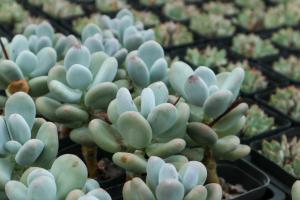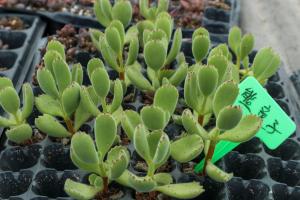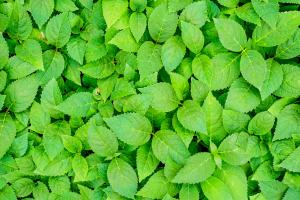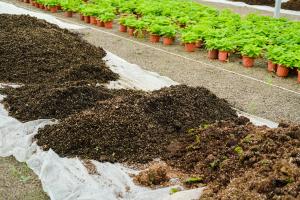Sowing and propagation of Ginkgo biloba
Ginkgo biloba seeds are harvested in autumn, dried after removing the seed coat, and can be sown in winter or spring the next year. When sowing, place the Seed Germ horizontally in the sowing ditch, cover the soil to a depth of about 3-4 cm, and compact it gently. It is better to cover with a layer of plastic film after covering the soil, which is conducive to maintaining temperature and humidity. When the germ is unearthed, ventilate properly and gradually uncover the film. After falling leaves, it can be transplanted
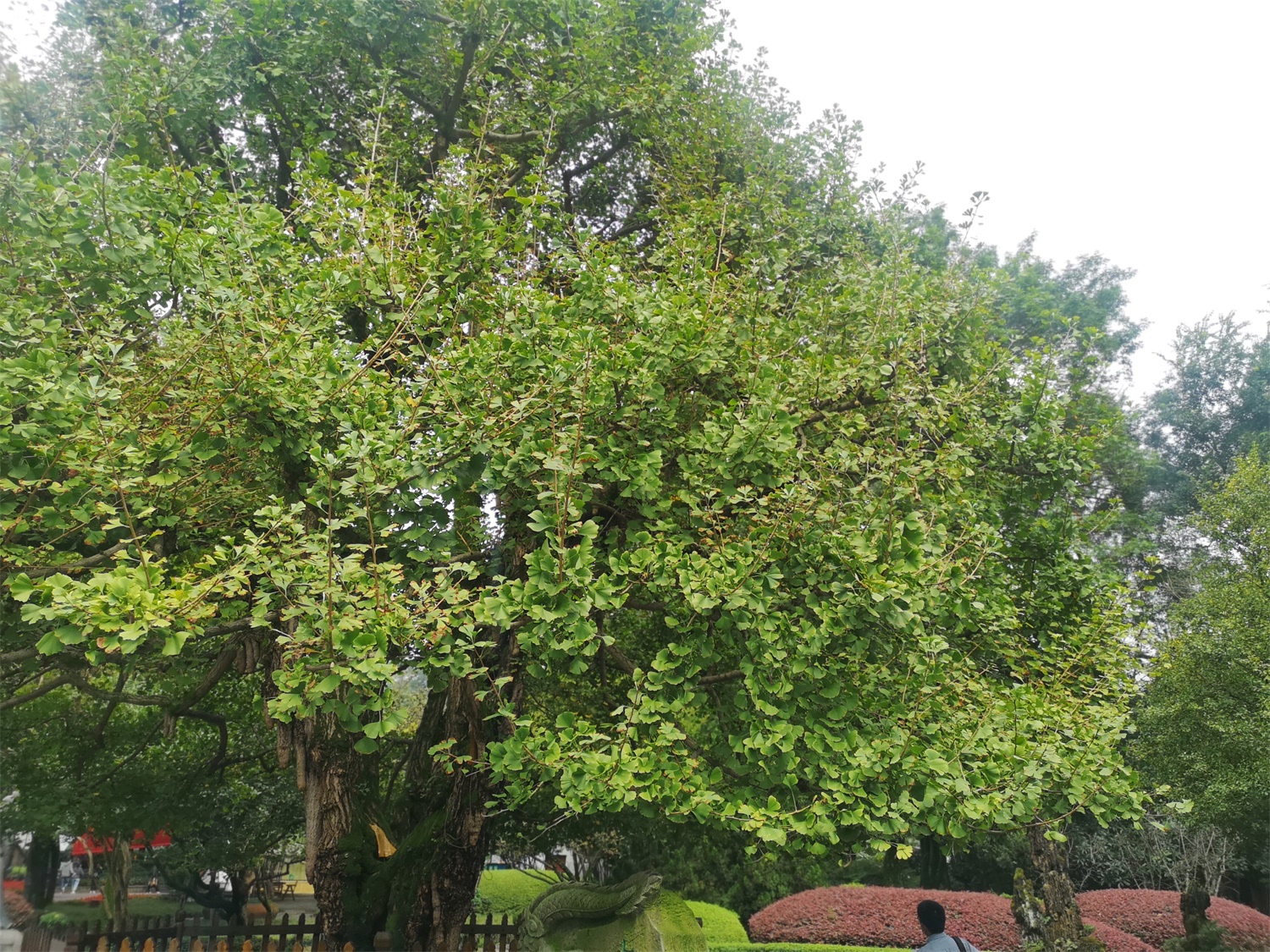
Cutting propagation of Ginkgo biloba
There are two kinds of cuttings: young cuttings and old cuttings
Old branch cutting is suitable for large-area greening and seedling raising. Generally, the robust branches of one or two years old on the mother plant are cut into cuttings about 10-15 cm long in each section from March to April. After cutting, water is poured to keep the soil moist. Generally, it takes about 40 days to take root. Transplantation can be carried out the next spring
Softwood cutting is generally carried out in July. The selection of cuttings is to cut the current year's semi lignified branches into cuttings with 2-3 buds, and then soak them in rooting powder. Finally, cuttings are carried out. After cuttings, keep the soil moist, properly ventilated and shaded, and transplant them until they have roots
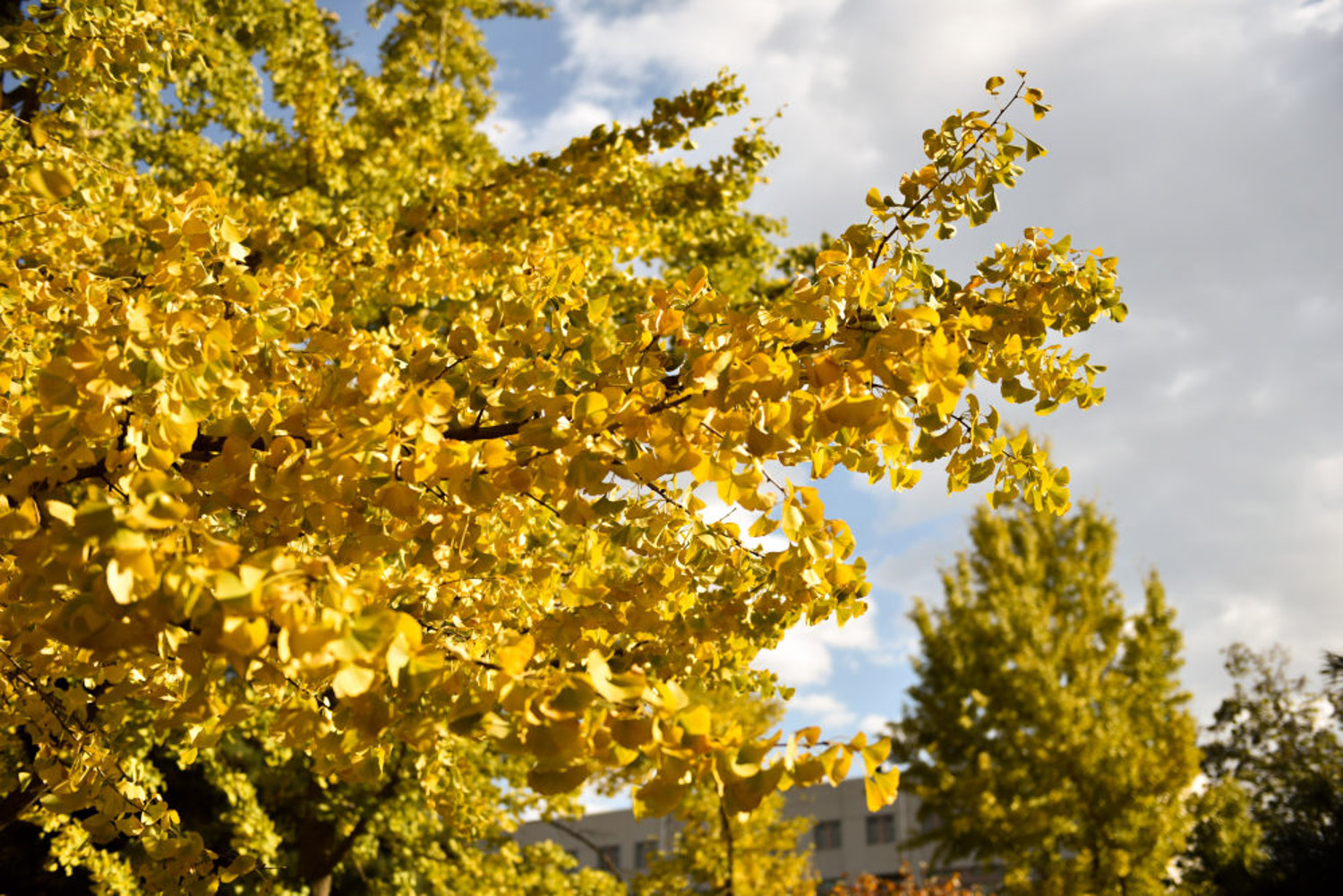
Grafting propagation of Ginkgo biloba
Generally in spring, grafting is carried out by subcutaneous branch grafting, peeling grafting or cutting grafting. It is suitable to select about 4 short branches on 3-year or 4-year-old branches as scions, and each plant is generally connected with 3-5 branches. Generally, fruit bearing can begin 5-8 years after grafting
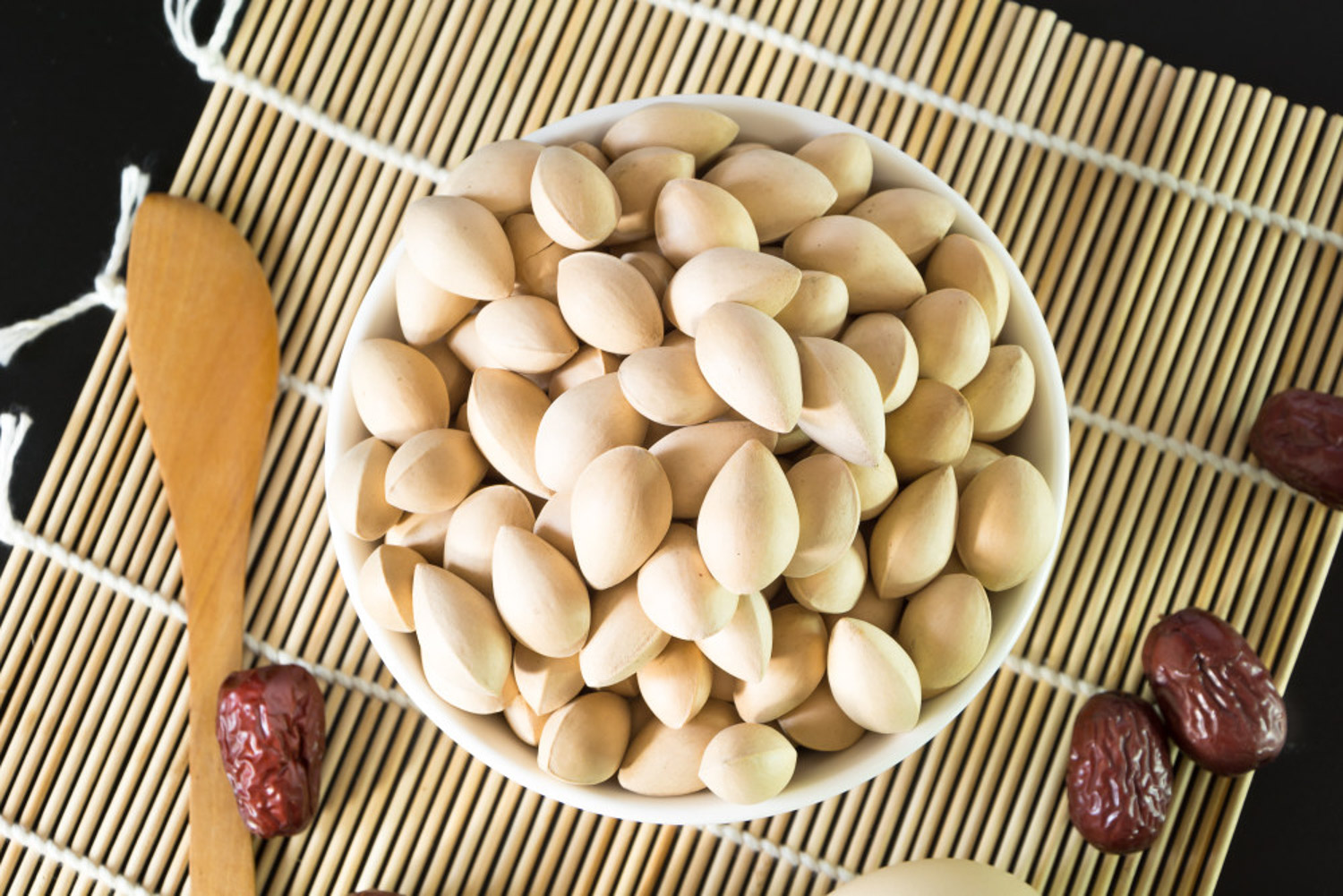
Tillering propagation of Ginkgo biloba
Tiller propagation can adopt two ways: cutting off the original roots and tillers and digging ditches and cutting roots to promote the propagation of new tillers. The seedlings propagated by tillers can be directly colonized
The former is generally carried out in July and August. Ring peeling is carried out on the stems of roots and tillers first, and then soil is cultivated. After about a month, new roots can be sent out at the ring peeling place, and the mother can be cut off and planted directly in the next spring
Digging ditches and cutting roots to promote new tillers is more than that in autumn. Near the big ginkgo tree, dig a circular ditch about 50 cm deep and wide, cut off the lateral roots, and then fill the soil. After about a year, it can be cut off to form new seedlings< span>

 how many times do yo...
how many times do yo... how many planted tre...
how many planted tre... how many pine trees ...
how many pine trees ... how many pecan trees...
how many pecan trees... how many plants comp...
how many plants comp... how many plants can ...
how many plants can ... how many plants and ...
how many plants and ... how many pepper plan...
how many pepper plan...
